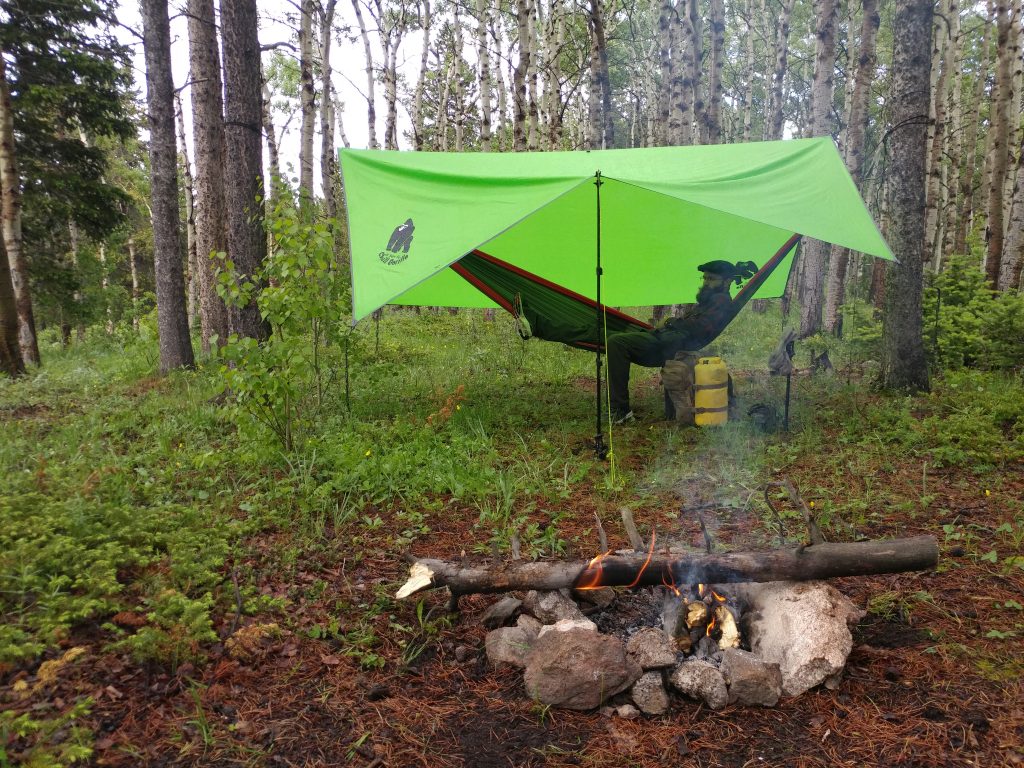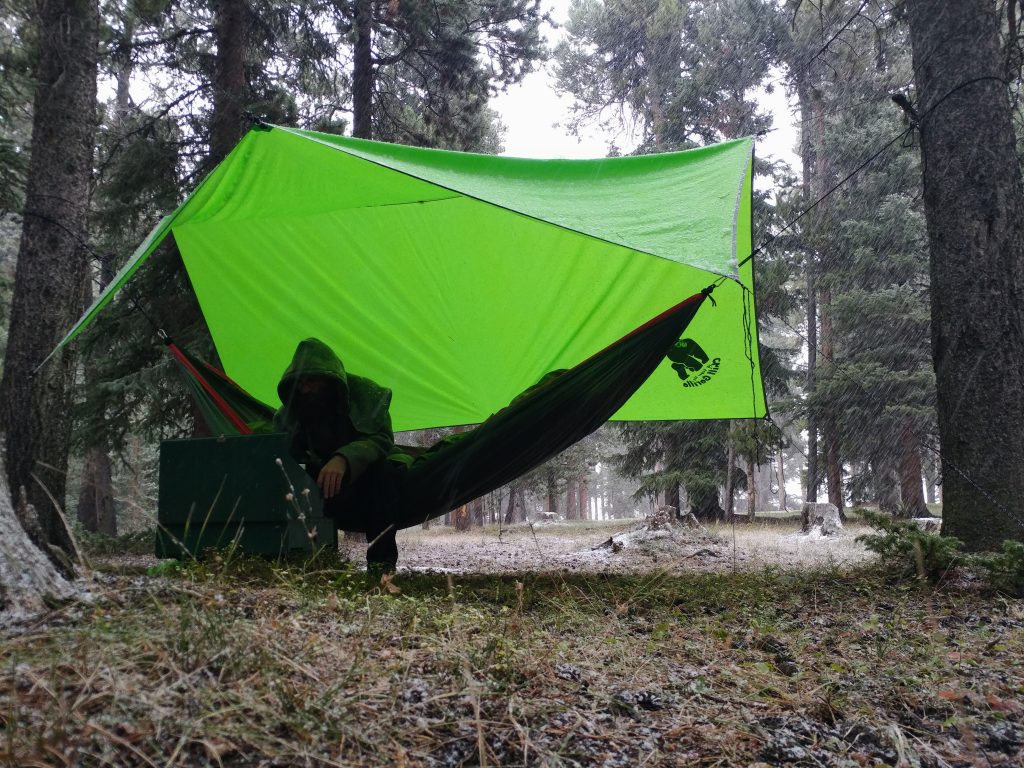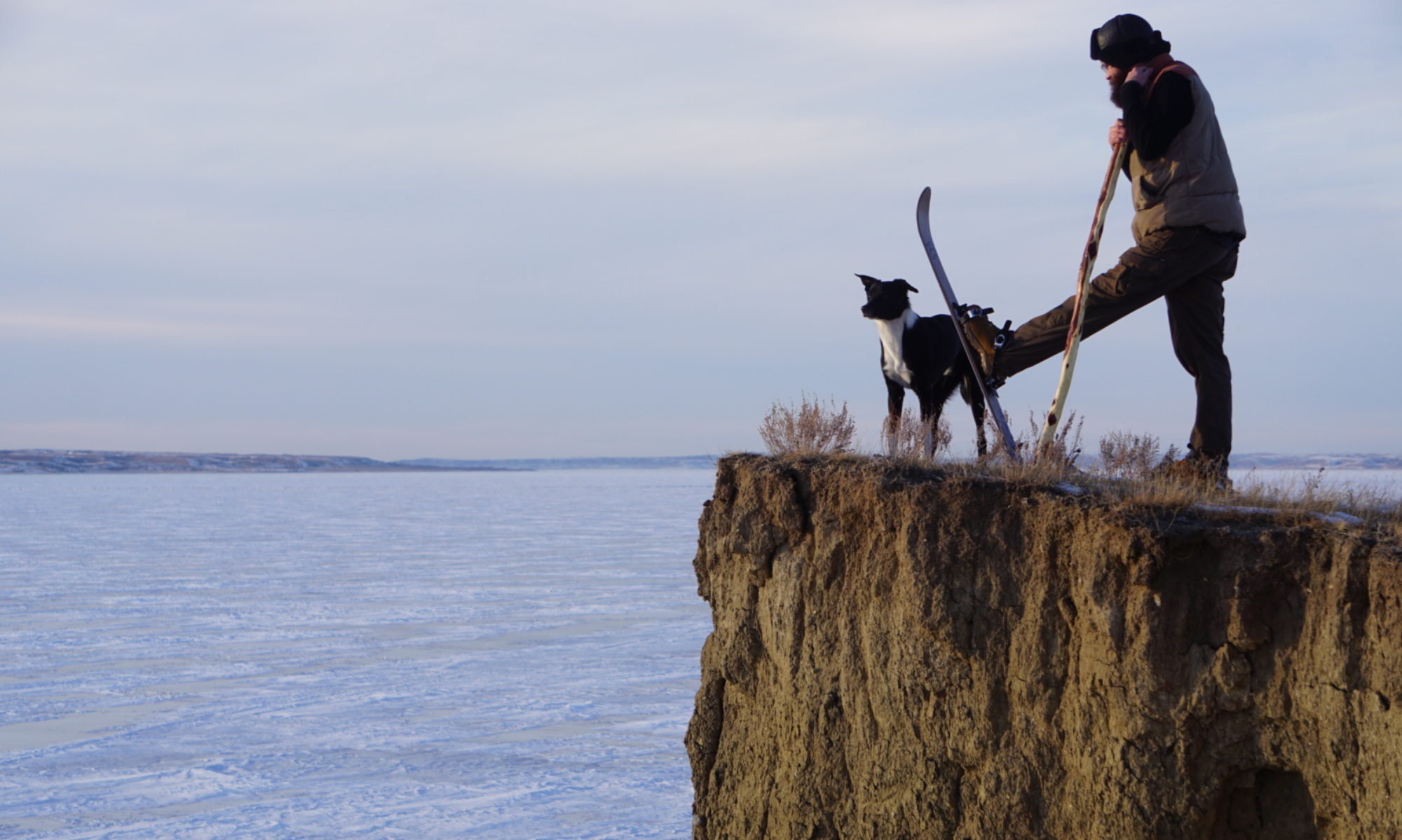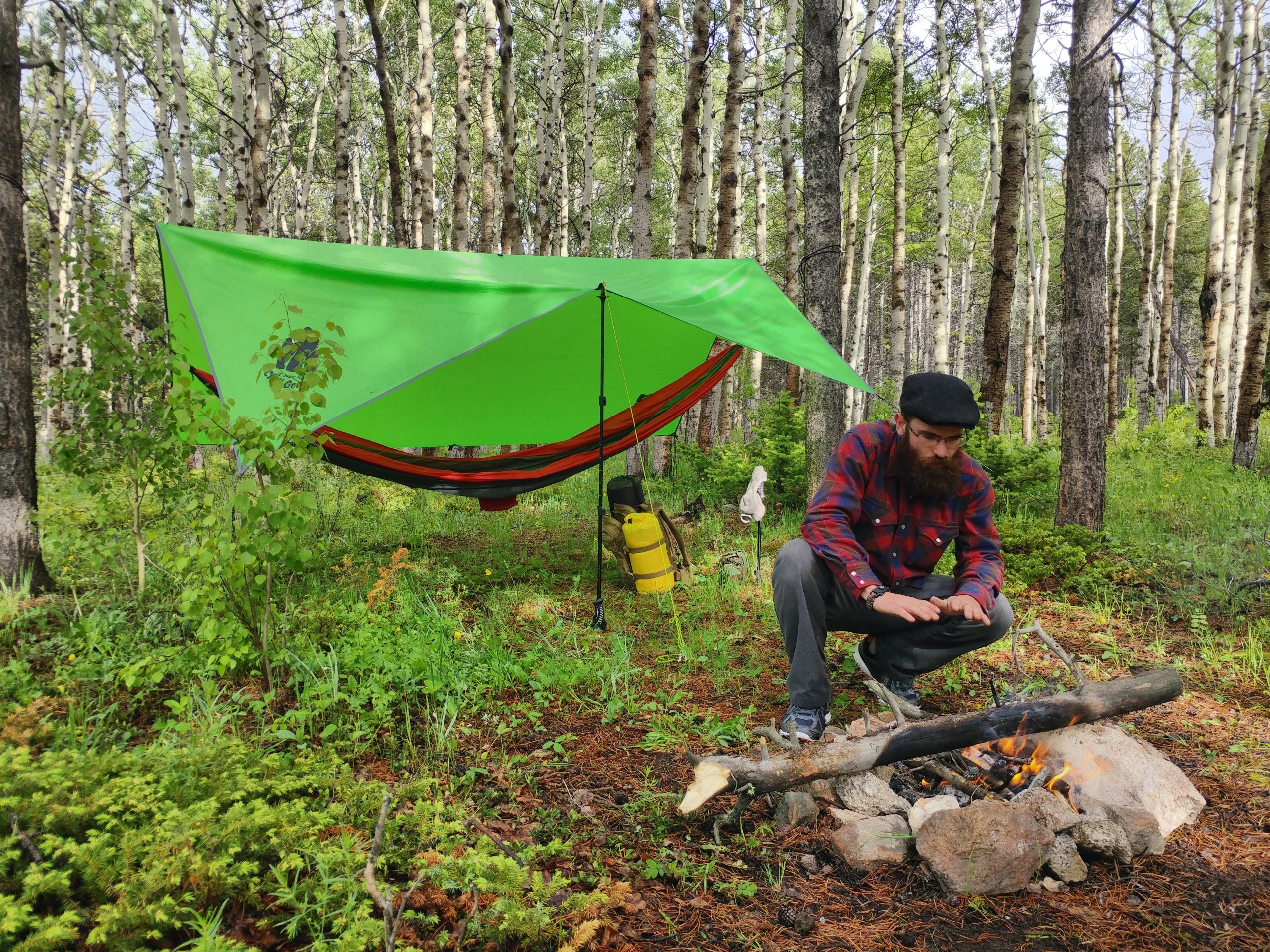Or more specifically a hammock and tarp, but more on that in my other post on Sleeping under a Tarp. When ground camping, a tarp is just one of the many options for shelter. When it comes to hammocks, a tarp (or “fly”) is basically the only option for shelter. So setting up a tarp is an essential skill.
Hammocks have a niche of their own in the camping community. Most people who grew up camping usually did it in a tent, so hammock camping presents a bit of a learning curve to many.
Why Learn?
Whether you make the switch or not, it’s worth learning the skills involved. These same skills can be applied to more than just hammock camping, especially the knots.

Whether lounging during the day or sleeping at night, hammocks are comfortable and convenient. However it does take a bit of getting used to when it comes to sleeping in one. A proper “hang” is also necessary for the best comfort. The more you practice the techniques involved the more comfortable you’ll be leaving the tent at home.
Honing your skills at home is not only a great past time, but it also gives you more time to enjoy nature when you do make it out. It takes the stress the whole ordeal. It’s also easy to get carried away with novelty gear but if you’re testing out your gear before you hit the trail, you’ll quickly find out what’s worth bringing.

Hammocks are a perfect bed at night, but they’re just as nice to have when the sun comes up. With a hammock setup there’s no need for a camp chair and without a floor underneath, you can have your camp kitchen next to you. You don’t even have to get out of bed to make your morning coffee.
Who wants to sleep on a floor?
Don’t get me wrong I’ve slept on my fair share of floors, but there’s a number of issues that come with it. If you manage to find a nice level, well drained, ideal spot big enough to pitch your tent you’ll then have to deal with critters, dirt, moisture, and debri (especially when it’s sharp).
A good way to avoid ants in your pants is getting off the floor. Ticks and their cousin the spider and scorpion are another great example of why to do this. Hammocks with bugnets are easy to come by and well worth it, while still being a lighter weight option than most tents.
Dirt doesn’t really bother me when it’s on the ground. What does bother me is getting dirt out of my tent before I pack it up.
Moisture goes hand in hand with dirt. It’s hard not to track in water, usually in the form of mud. If you get your tarp up before it rains, you have a nice dry floor that effectively absorbs any mud or moisture on your shoes. But then again, who really cares how wet or clean the floor is when your not sleeping on it or bringing it back home with you.
Who want’s to sleep on a rock?

